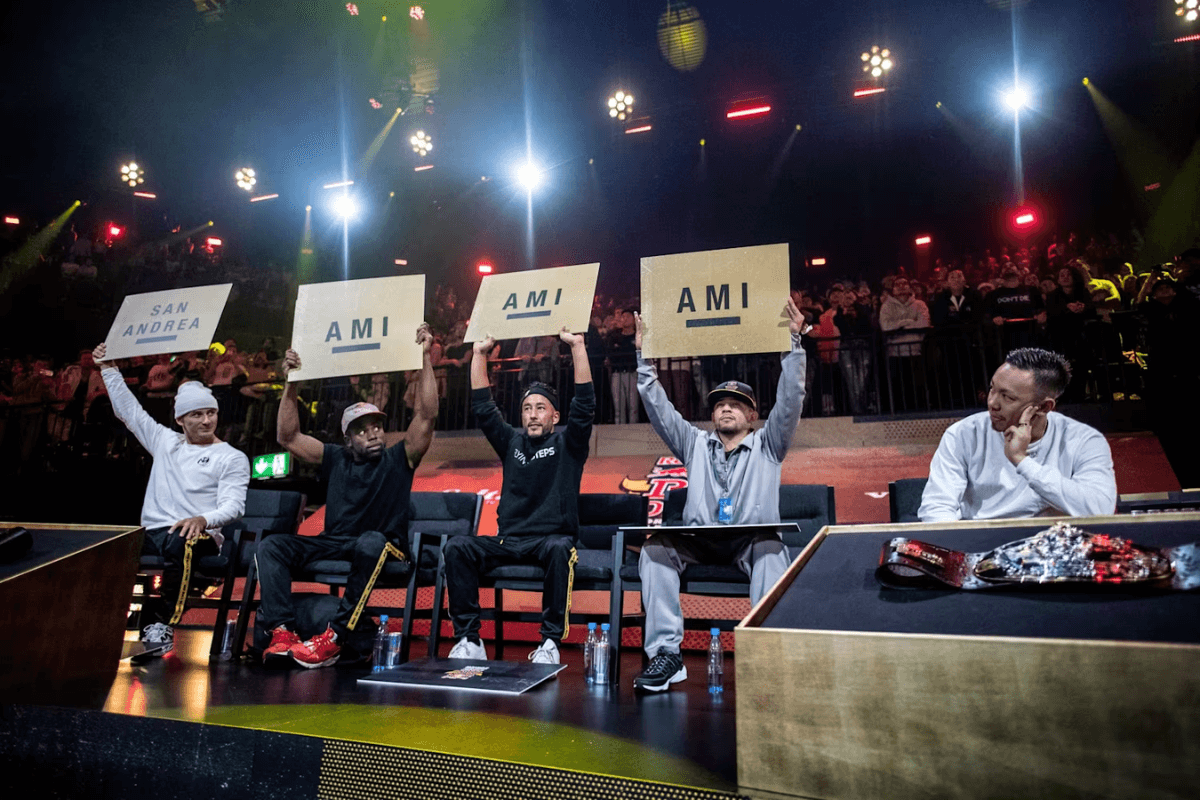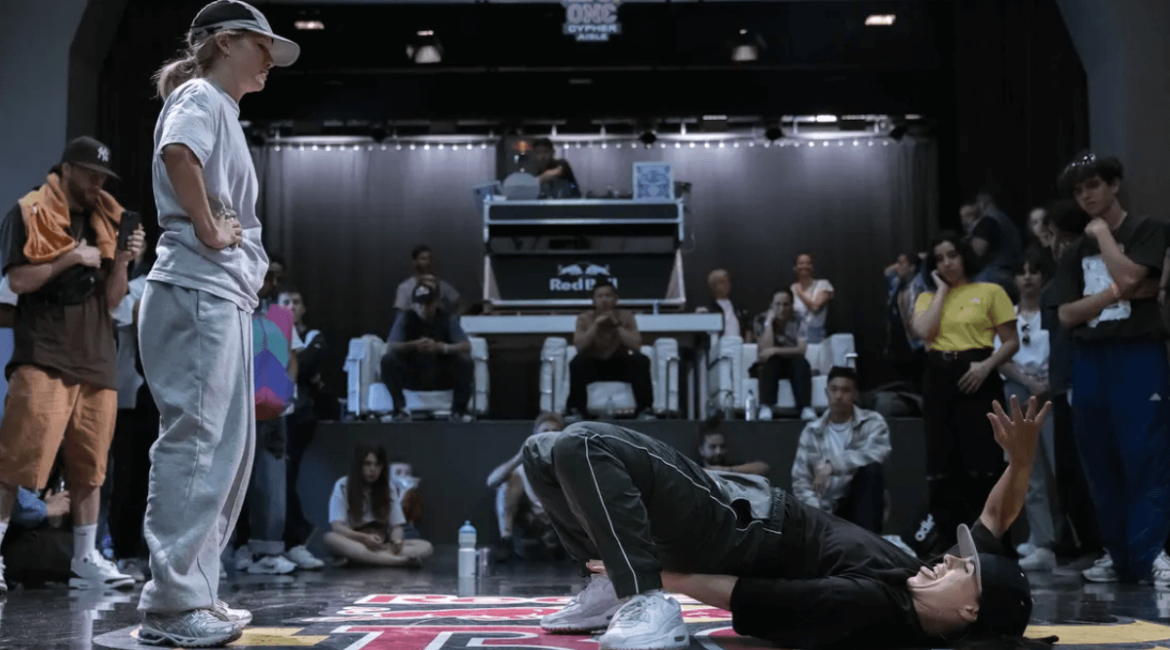Step into the vibrant universe of dance battles, where dancers groove and move to claim the spotlight in thrilling showdowns of skill and style. But what exactly goes on behind the scenes when judges have to pick a winner? In this blog, we’re going to peel back the curtain and take a closer look at the criteria judges use to make their decisions.
We’ll break it down into easy-to-understand pieces, so whether you’re a dancer or just someone who loves watching the action, you’ll have a clear picture of what it takes to come out on top in the world of dance battles. Get ready to uncover the secrets that make a performance stand out and seize victory in the heat of the battle!
Who are the judges and what is their job?
Who are the judges?

In the realm of dance battles, judges play a pivotal role in determining the winner.
So usually, who are the judges of dance battles? Judges of dance battles aren’t just anyone—they’re typically seasoned dancers who have earned their stripes through years of competing and winning. They’re the ones who have made their mark on the dance scene, either through their exceptional skills or their significant contributions to the history of dance.
A panel of respected individuals, each with their own unique perspective and expertise, coming together to evaluate the performances of competing dancers.
Odd number of judges
Now, you might be wondering, why an odd number of judges? Well, it’s all about avoiding ties. Competitions always opt for an odd number of judges—typically three or five—ensuring that there’s always a clear majority decision. This way, there’s no room for indecision or deadlock, and a winner can be confidently crowned at the end of each battle.
Their job in a dance battle
These judges bring a wealth of experience and knowledge to the table, making them the perfect arbiters for the task at hand.
Each judge holds the power of one vote. When it comes down to deciding who takes home the crown, it’s all about tallying up those votes. The dancer who manages to snag the most votes from the judges is declared the winner of the battle. So, it’s not just about impressing one judge—it’s about winning over the majority and securing that coveted victory.
Sometimes, in the heat of a dance battle, things can get a bit tricky, especially when the judges find themselves deadlocked. When this happens, it usually falls into one of two scenarios:
- First off, if all the judges feel like the battle is just too close to call, they have the power to declare a tie using their own individual votes.
- If every judge decides it’s a tie, well, guess what? The battle itself ends in a tie.
Now, here’s where it gets even more interesting. Let’s say one judge votes for a tie, but the other judges are split evenly between the competing dancers. What happens then? It’s back to square one—a tiebreaker.
- The dancers have to go at it for another round, giving it their all to sway the judges in their favor.
- If that tiebreaker round ends in yet another tie, it’s rinse and repeat.
- The dancers go another round, and then another, until the judges finally reach a decision that breaks the tie.
However, there’s a twist. If all the judges, except for one, vote for a tie, that lone judge’s vote becomes the deciding factor. Even if everyone else thinks it’s a tie, that one vote can tip the scales and crown a winner. It’s like being the tiebreaker in a game of tug-of-war—your decision carries all the weight.
What are the judges looking for to determine the winner?

When judges are tasked with making their decision in a dance battle, they don’t just wing it. They usually have a set of guidelines, kind of like a checklist, that helps them assess each dancer’s performance.
8 elements cover the fundamental aspects of a dance performance
This list typically includes around eight key elements that the judges pay close attention to. And here’s the cool part—these elements aren’t ranked in any particular order. So, what are these elements, you ask? Let’s discover now!
- Musicality: This is all about feeling the rhythm and grooving to the beat. Judges want to see how well a dancer connects with the music and lets it flow through their moves. It’s like being in sync with the soundtrack of the battle, turning each note into a step that speaks volumes.
- Foundation: Think of this as the building blocks of a great dance. Judges are on the lookout for dancers who’ve mastered the basics—everything from top rock and footwork to transitions and power moves.
- Character: Dance is more than just steps—it’s a way to express yourself. Judges want to see dancers who bring their personality to the floor, infusing each move with their own unique flair. It’s like telling your own story through dance, letting your true colors shine through with every step.
- Difficulty of Movement: How hard can you push yourself? That’s what judges want to know when they’re assessing the difficulty of a dancer’s moves. They’re looking for dynamic movement that pushes the boundaries and showcases a dancer’s skill and strength. I
- Style: Every dancer has their own signature moves, their own way of moving that sets them apart from the rest. Judges are on the lookout for dancers who showcase a style that’s uniquely theirs, who bring something fresh and exciting to the dance floor.
- Execution: In the world of dance battles, precision is key. Judges want to see dancers who can pull off their moves with finesse, who can hit every step with precision and grace.
- Composition of Round: A great dance is like a well-crafted story, with a beginning, middle, and end that all come together to form a cohesive whole. Judges are looking for dancers who can weave a narrative with their round, who can take them on a journey from start to finish.
- Originality: Last but not least, judges want to see dancers who bring something fresh and new to the table. They’re on the lookout for dancers who can come up with fresh variations on existing moves or invent entirely new ones.
Different dance battle formats
When dancers go head-to-head in a straight-up battle, judges consider all the criteria equally. Each judge decides which elements matter most to them. But in other battle formats, some criteria become more crucial than others, shifting how judges make their decisions.
Let’s break it down into four different competition formats and how they impact judging:
Qualification/Showcase/Prelim Rounds
In these initial rounds, judges face the tough task of selecting only a handful of breakers to advance. They must be strict in their scoring to ensure they choose the best of the best.
- Here, ‘execution’ takes the spotlight. Breakers must perform their moves flawlessly to stand out.
- Any slip-ups or mistakes can make it easier for judges to narrow down their picks and score those breakers lower.
- Additionally, judges look for strong ‘character’ and ‘difficulty of movement’ to separate the exceptional from the rest.
Cypher King/Queen Competitions
In these dynamic battles, which unfold in circles of breakers, judges prioritize:
- style
- character
- musicality
Each breaker is assigned a number sticker and takes turns dancing inside the cypher. Judges carefully observe and jot down the numbers of breakers who impress them the most. After the time limit expires, the judges convene to determine the standout performer, who is crowned the cypher king or queen.
Sometimes, judges may even participate in the cyphers themselves, adding to the excitement.
Crew Battles
- When judging a crew battle, judges are tasked with evaluating multiple rounds from each side.
- Whether it’s a three-on-three or an eight-on-eight battle, crews strategically deploy their members to showcase different elements of the judging criteria.
This allows each crew to highlight their strengths in various criteria elements. What’s unique about crew battles is that they provide an opportunity for each side to demonstrate every element in the judges’ criteria.
A skilled crew can strategically arrange the order of their performances to match the judges’ criteria, maximizing their chances of success.
Exception

In events like Red Bull Dance Your Style, it’s the audience, not the seasoned judges, who hold the power. Now, here’s the thing—the audience might not know all the nitty-gritty technicalities of dancing, but they sure know how to have a good time. They’re fans who show up to soak in the excitement and energy of the competition.
When the crowd takes on the role of judges, their focus shifts. Instead of dissecting every move, they’re drawn to the flashy, awe-inspiring displays of ‘difficulty of movement.’ Breakers who can pull off mind-blowing, jaw-dropping moves are likely to capture the crowd’s attention and earn their votes.
But it’s not just about the moves—it’s about the ‘character’ too. The audience loves a performer who can command the stage with charisma and charm. If a breaker can captivate the crowd with their personality and stage presence, they’re sure to win over some hearts.
Now, ‘musicality’ also plays a part, but it has to be on point. The audience needs to feel the rhythm and vibe with the beat to truly appreciate it. It’s not just about hitting the right notes—it’s about connecting with the music in a way that gets the crowd grooving along.
But here’s the thing—when it comes to crowd-judged battles, the audience isn’t too concerned with the technical stuff.
- They’re not fussing over execution or the intricacies of choreography.
- They want to be entertained, wowed, and swept off their feet.
- They want to witness something unforgettable, something that’ll leave them cheering for more.
If you want to know more about the world of cool moves, please check out the this YouTube video below!


Leave a reply